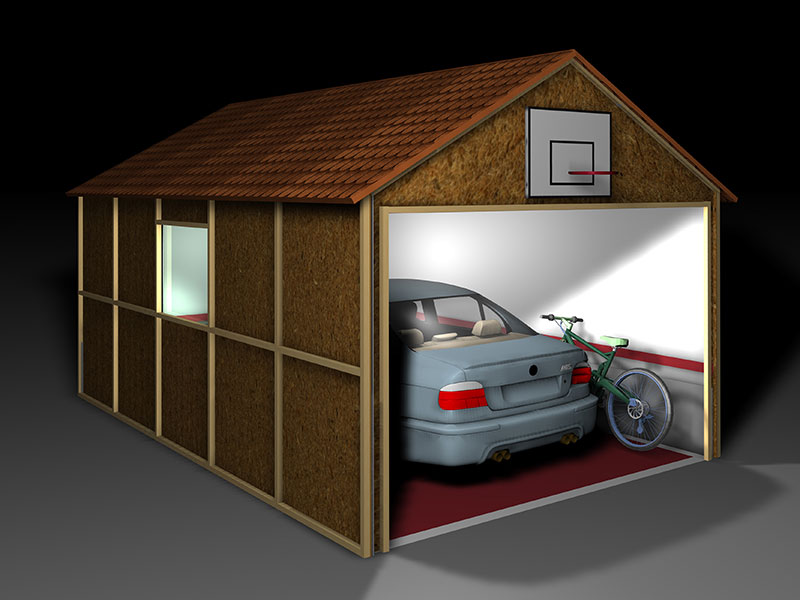Galeria Estrany–de la Mota is pleased to present the first solo exhibition of Martí Anson. The project Se vende plaza de parking [parking for sale] starts from a research on urban growth and how this has gradually led to a diminishing of developable land in urban areas. Through a site-specific installation that ironically modifies the architecture and typical uses of the exhibition space of the gallery, the artist reflects on the transformation and reuse of dead architectural spaces for other temporary activities. According to recent studies, 79,20% of the territory of Barcelona is urbanized. The forecast is that developable territory of the city will be exhausted between 2018 and 2021 if we keep up with the same rhythm of construction. Facing this phenomenon, some architects advocate for alternative constructive models focused on the reformulation of existing spaces, especially those considered dead. An example of such practices is to harness urban spaces as roofs for building gardens or green areas. Another example is how somehow unconsciously we have been using private garages of single-family homes for other activities such as storage or DIY. These spaces, as spaces dedicated to housing, but which by nature are far enough away from it, have also been the ideal places for amateur rehearsal studios or the first office location of what later on have become large companies, as is the case of the former garage of Palo Alto (California) where the company Hewlett-Packard was founded in 1939. Over time this phenomenon of vehicle’s storage space reuse has also affected the parking spaces of big shopping malls. In the United States, for example, it is common the usage of these spaces for other activities, such as places where to learn to drive or spontaneous as barbecue gatherings. This framework is the starting point for Marti Anson’s project Se vende plaza de parking, where he continues his investigation on the modification of architectural spaces to create a state of uncertainty. The artist raises expectations which later on always become frustrated, because in reality, its only purpose is to generate those expectations. He creates paradoxical situations in which apparently not much goes on, thus creating spaces that remain in suspension. The installation is formally a pop replica of a garage, in which the artist reproduces in the exhibition space the different elements that without being necessarily aware we have internalized and allow us to identify such spaces. The white grid as an element of organization that defines the space that can occupy each of the cars, the grey floor that continues on the walls with a one meter to protect the wall surface of the accidental blows, the maroon strip of about fifteen centimetres working a visual reference to calculate distances with adjacent walls at the time of parking or the presence of a vehicle in the gallery space. Copying these architectural elements and moving them from one place to another creates in the viewer a situation of strangeness, makes unknown the ordinary, that to which we are accustomed. A resource that the artist has already used previously on other projects like Martí i la fàbrica de farina [Martí & the flour factory] (2009). As posed by architects and town planners to tackle the phenomenon of lack of developable space, the artist recovers unused gallery space (entrance hall) to give a new function. While it becomes something else, it stops being a place of contemplation; the spatial changes intensify its uselessness, turning it into a space to reflect on the meaning of art and its purpose. Anson generates states of suspension in which apparently nothing happens, but the small details allow open reflection on other issues such as work (Fizcarraldo, 2005), heritage (Martí i la fàbrica de farina, 2009) or cooperativism (Pavelló Català. Arquitecte anònim [Catalan Pavilion. Anonymous architect], 2013-2015). Se vende plaza de parking recovers the discursive condition of all his work and the tension that this establishes with contemporaneity. He talks about the paradox of art, the result is a great effort by a creator who often does not have a particular effect, is a work that is often only understandable by itself and emphasizes the lack of usefulness of art.
